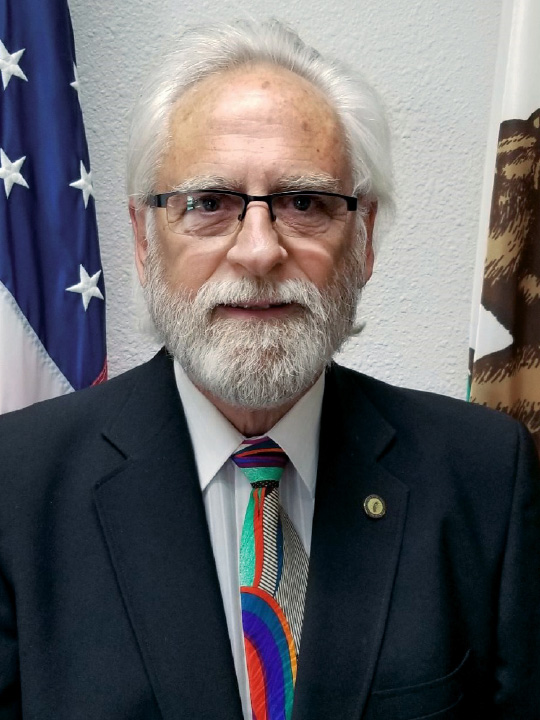
My wife and I were on vacation in Brookings, Oregon, in mid-July. As we were driving down Highway 101, I glanced over at a roadside business sign and caught just a few words — something about bad breath. What? I flipped a quick U-turn and went back to read the entire sign. “I Like Bad Breath: Said No One.” Then I saw that it was on the roof of a small, local dental office. I got a good chuckle out of that.
I sat there in the parking lot for a few minutes, thinking about this advertising model. One thing for certain is the display of those specific words on that sign had its intended effect. It drew both me and my eyes right to that business establishment.
The PORAC Retiree Medical Trust hit the ground running in September 2008. By the time you read this, we will have celebrated our 15th birthday. From the beginning, we have always had discussions on how to get the word out. Unfortunately, it won’t help us too much if we hang a sign on the roof at PORAC Headquarters.
We do routinely have informative articles in the PORAC Law Enforcement News magazine, just like the one you are reading now. Also, we are fortunate to have several labor negotiators aware of the RMT. They tend to discuss what we offer and research whether or not it is a good fit for the various associations that they represent. But a lot of the education process is simply by word of mouth.
Currently, we have 57 participating associations representing around 6,000 active participants. As of the first week in August, our three-account investment portfolio has been hovering around $102 million. With the account having grown so large, we now sometimes see gains and losses in the seven-figure range. It feels good when it goes up and, conversely, a bit nerve-rattling when it travels the other way.
So, the big issue is always how to effectively share information about the RMT. Oftentimes, I think it’s best to drill down to just the basics. It is, perhaps, the best way to start. Here goes.
When an association joins, the process must include memorializing their participation in the RMT. That can happen in either a side letter agreement or inclusion in a new labor contract. Once joined, pre-tax contributions are made each month. Those contributions can be by the employer, the employee or a combination of the two. The trust will route those contributions to a professional investment firm. We will make money on the investments. Those earnings are not taxed. When you retire and become age eligible (55 years of age), you can begin to collect benefits. Your benefits are for use in paying for your medical, dental, vision and chiropractic needs. It also covers premiums, co-pays, deductibles and prescriptions.
The benefits are anticipated to last your lifetime. Should you precede your spouse in death, then your spouse will be eligible for 50% of the benefit. Again, it is anticipated that your spouse will collect those benefits until death.
Of course, this is a small snapshot explanation of the RMT. The basics are simple to explain in a few words. The mechanics are a bit more complex.
We are regulated predominantly by the Internal Revenue Service and the Department of Labor. We employ six service providers: legal representation, actuary, auditor, financial investment advisors, consultant and third-party administrator.
The trust is run by five trustees who are police officers, both active and retired. We have both police and fire participants. Currently, we have associations from California, Oregon and Washington. The trustees meet at least quarterly, with the fall meeting always held at the annual Conference.
I have spoken with many retirees about their medical bills. That includes RMT participants and those who are not. It is easy to judge who is happier. It would be those who are getting some assistance in paying for their medical expenses.
Over the years, I have met with lots of association leaders. Many of them are running an association that does not have any negotiated benefit for retiree medical benefits. There are also those that have a benefit for their legacy employees, yet nothing for PEPRA employees. We can help you fix that.
We would be glad to have a conversation with you, your association leaders and even your employer. If you have nothing in place, it’s a mistake to continue like that. You need something for when you retire. Forget the mistake — learn from the lesson. Maybe that should be the sign we hang.

